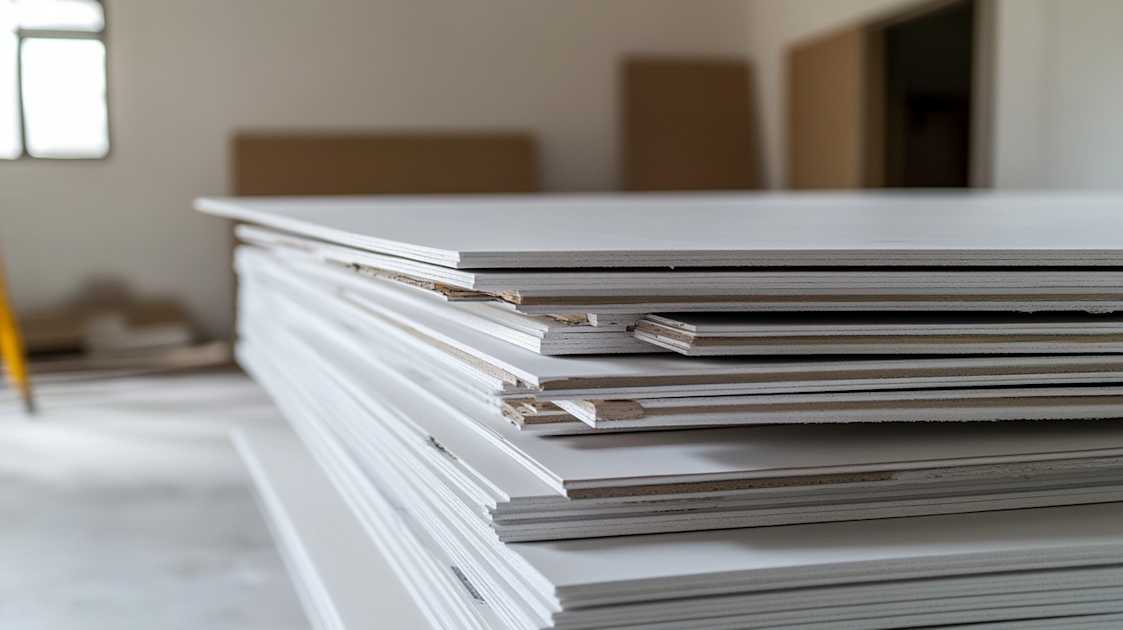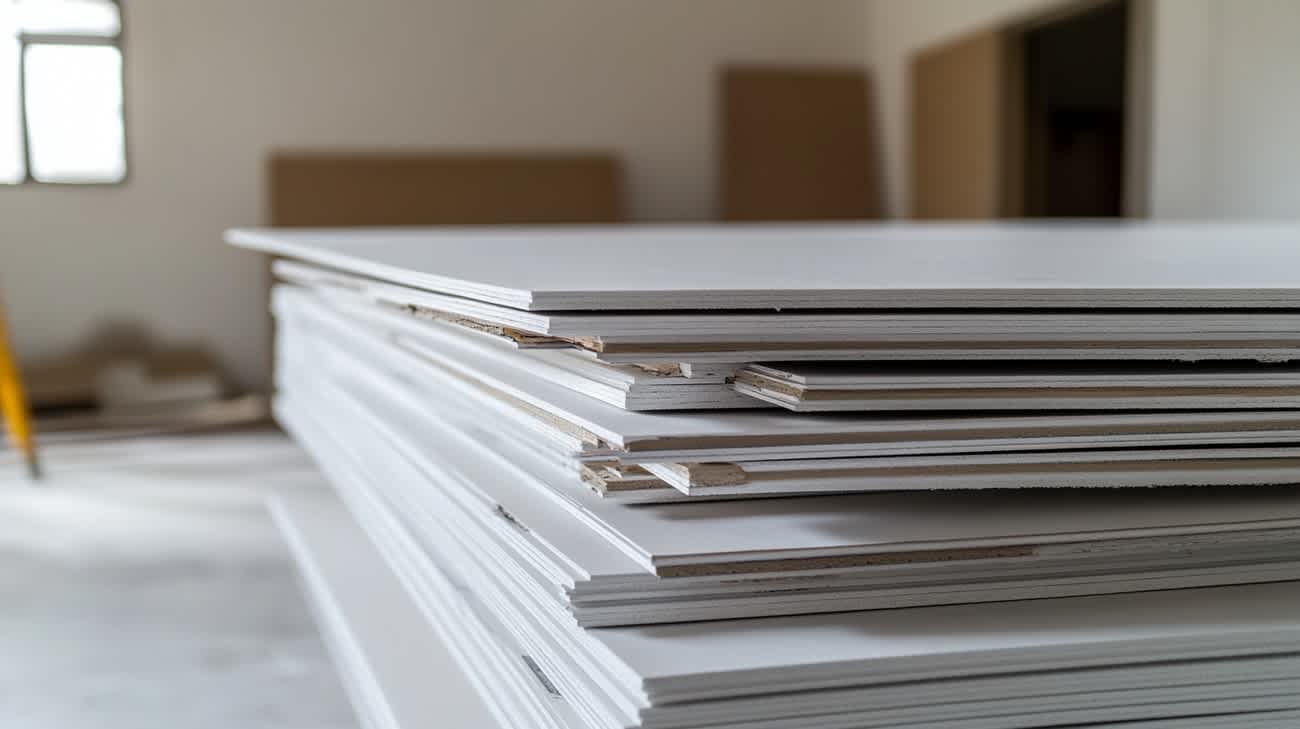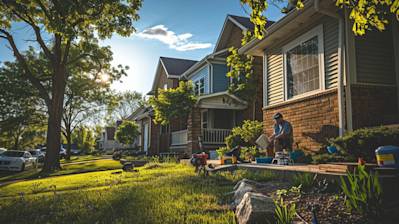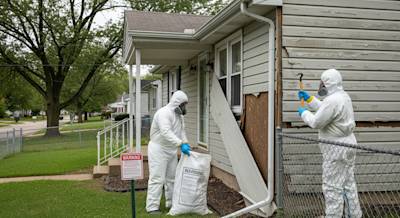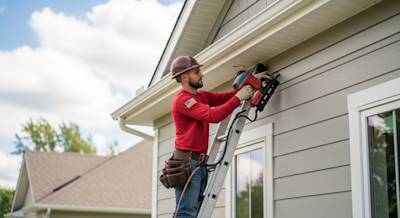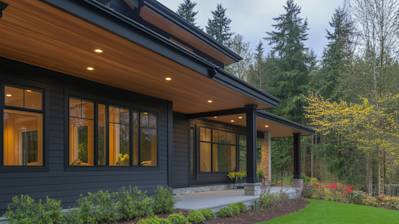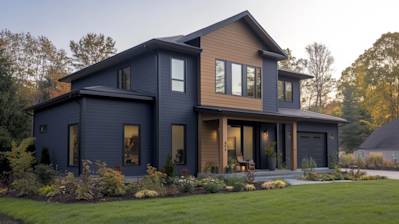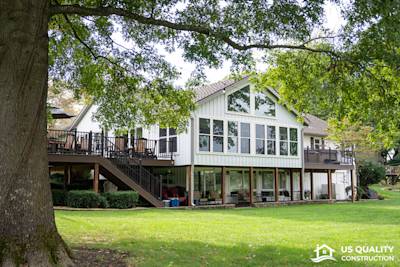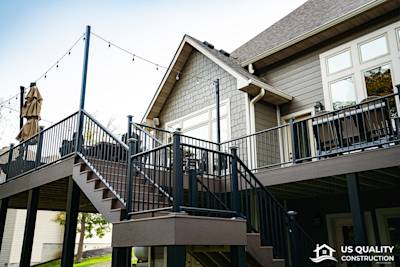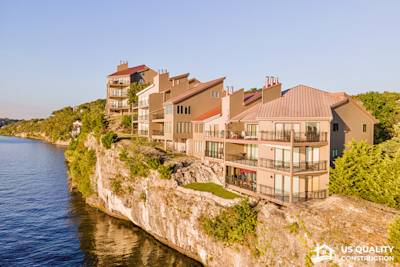Insulation is a crucial component for any residential or commercial building. From the high-rise apartments in the heart of the city to the suburban ranch houses and rural farmhouses, our homes need proper insulation to maintain comfort, reduce energy costs and protect our planet by cutting down carbon emissions. Among the several types of insulation available, foam board insulation stands out due to its unique features and numerous advantages. This article will explore foam board insulation extensively, discussing its types, installation process, benefits, and more vital information.
What is Foam Board Insulation?
Foam board or rigid foam insulation is a versatile, high-performance solution primarily used for insulating walls, foundations, and roofs. These boards are made from several materials that offer different levels of heat resistance, strength, and permeability. Some popular types of foam board insulation are:
- Polystyrene Boards: Lightweight and easy to handle, these insulation boards are either of expanded or extruded type. Expanded polystyrene (EPS) offers moderate insulating properties, while extruded polystyrene (XPS) provides superior insulation.
- Polyurethane Boards: Known for their excellent insulating performance, these boards have a higher R-value (ability to resist heat flow) than other types.
- Polyisocyanurate Boards: These boards are treated with a fire retardant and offer incredible energy-saving properties.
Importance of Foam Board Insulation for Energy Efficiency
Poor insulation is a leading cause of energy inefficiency in homes and buildings. This inadequacy leads to substantial heat or cooling loss, resulting in an overworked HVAC system and higher energy bills. Installing quality foam board insulation offers a reliable solution for saving energy by:
- Reducing Heat Loss: The high R-value of foam board insulation minimizes heat loss during the cold months, helping maintain a warm and cozy indoor environment without placing an unnecessary burden on your heating system.
- Lowering Cooling Costs: In hot weather, a well-insulated house with foam board insulation will prevent heat from entering your interiors, reducing the strain on your air conditioning system.
How to Install Foam Board Insulation
Installing foam board insulation is a straightforward process. Here’s a step-by-step guide to help:
- Measure and Cut: The first step is to measure the space where you plan to install the foam board and then cut it accordingly using a knife or saw.
- Secure the Boards: Next, you place the cut board in the space, ensuring a snug fit. Secure the boards onto the wall or floor with adhesive or mechanical fasteners.
- Seal the Edges: To prevent air infiltration, use caulk or spray foam to seal the edges.
However, it's important to note that incorrect installation can lead to inefficient insulation. Hence, it's always wise to hire professional installers if you're unfamiliar with the process.
Top Benefits of Foam Board Insulation
Here are the primary benefits you can expect when opting for foam board insulation:
- Energy Efficiency: Foam boards have a high R-value, offering excellent thermal resistance per inch of thickness.
- Easy Installation: Foam boards are lightweight, easy to handle, and can be cut into different sizes and shapes for hassle-free installation.
- Moisture Resistance: Certain types of foam board, like XPS, resist moisture, making them perfect for damp locations.
- Structural Strength: Foam boards add structural strength to your walls, floors, and ceilings.

Frequently Asked Questions about Foam Board Insulation
How do foam board insulation work?
Foam board insulation works by providing a barrier between the inside and outside temperatures of a structure. The foam material contains millions of tiny air pockets that slow down the rate at which heat can transfer through them. This means that in the winter, the warmth from your heating system stays inside the house, and the cold air stays outside. In the summer, the process is reversed, keeping your air conditioned air inside and the heat out.
What's the best way to install foam board insulation?
The best way to install foam board insulation depends on where you’re installing it. For example, foam board installed in a basement or exterior wall might require different installation methods than foam board installed in an attic. However, the general steps typically involve: measuring and cutting the foam board to fit the space, attaching it directly to the framework of the area being insulated, and then sealing any seams with a foam sealant or tape. Always remember to check local building codes or consult with a professional before beginning this kind of project.
Can foam board insulation be painted or covered?
Yes, foam board insulation can be painted or covered. However, if you're intending to paint the foam board insulation, make sure to use a paint that's suitable for foam as some types of paint can damage the insulation. If you want to cover the foam board insulation, you can do so with drywall or paneling. But it’s important to note that any covering needs to be fire-resistant, as foam board insulation is highly flammable.
How do you cut foam board insulation?
Foam board insulation can be cut using a utility knife, a handsaw, or an insulation knife. For straight cuts, consider using a straightedge or a square to guide your cut. Keep the cuts as clean and accurate as possible.
How long does foam board insulation last?
The life expectancy of foam board insulation varies depending upon various factors, including the type of foam, installation location, and environmental conditions. However, if properly installed and protected, foam board insulation can last for over 50 years. It is also possible for it to last indefinitely if it remains dry and undamaged.
Can foam board insulation get wet?
While foam board insulation has some resistance to water, it is generally not considered waterproof. Long-term exposure to moisture can reduce its insulative properties and lead to issues with mold and mildew. In areas with high moisture levels, it is recommended to use a type of foam board insulations specifically designed to handle such conditions, such as extruded polystyrene (XPS).
Does foam board insulation need a vapor barrier?
Whether foam board insulation needs a vapor barrier largely depends on the type of foam board and where it's being installed. For example, extruded polystyrene and polyisocyanurate foam boards often provide sufficient resistance to moisture and don't typically need an additional vapor barrier. However, locations with high humidity or extreme seasonal changes might benefit from an additional vapor barrier. It's always a good idea to check local building codes or consult with a professional.
Is foam board insulation effective for soundproofing?
While foam board insulation is primarily used for thermal insulation, it also has some soundproofing properties. Its dense material and unique structure can help to reduce the transfer of sound waves through walls or floors. However, for significant soundproofing, other material or methods specifically designed for sound isolation should be considered.
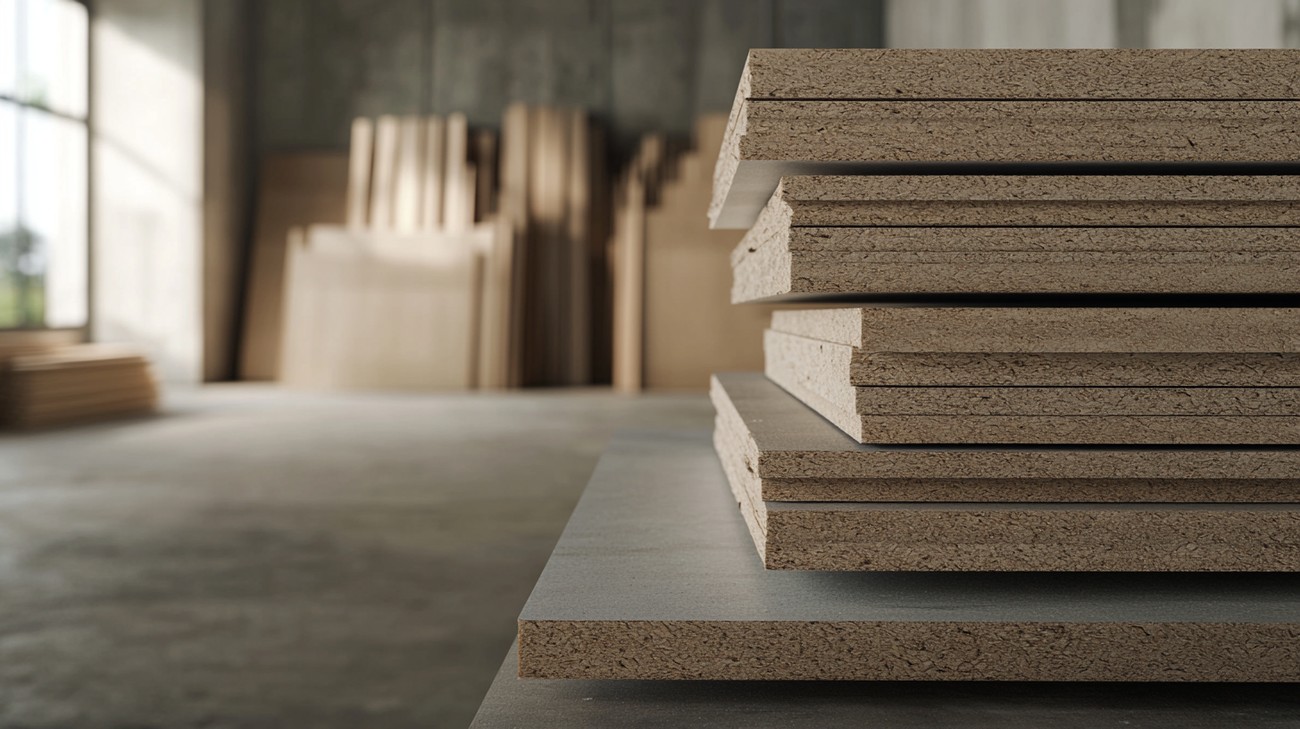
Pros of Foam Board Insulation
Energy Efficiency
Thermal Insulation
Foam board insulation is an outstanding insulator, boosting the energy efficiency of homes and buildings. Its R-value, or its measure of thermal resistance, is comparable to or higher than other insulation types. It impedes heat flow, maintaining a constant indoor temperature regardless of outdoor conditions.
Energy Reduction
Due to its insulating characteristics, foam board insulation can significantly reduce the amount of energy utilized to heat or cool down a space. This reduction in energy use directly translates into savings on energy bills.
Easy Installation
Lightness and Flexibility
Foam board insulation is light and easy to handle, making it a more manageable choice during insulation installations. Its flexibility enables easy shaping, fitting, and cutting, accommodating various space sizes and shapes.
Minimal Required Tools
Other than a knife or saw for cutting the foam to the appropriate size, the installation of foam board insulation requires few other tools or resources, which contributes to its ease of installation.
Sound Insulation
Besides thermal resistance, foam board insulation also provides superior reduction of outside noise infiltrations. The dense material absorbs sound waves, reducing the amount of noise that can penetrate through walls and floors, resulting in a quieter indoor environment.
Moisture Resistance
Unlike some other insulation types such as fiberglass, foam board insulation is resistant to moisture. This feature decreases the likelihood of mold and mildew growth, protecting structural elements from the damaging effects of excessive dampness.
Cons of Foam Board Insulation
Environmental Impact
Non-Biodegradable
Foam board insulation is made from non-renewable petroleum products and it's not biodegradable. Once installed, it can last for a very long time, but when it's discarded, it can take hundreds of years to decompose.
Greenhouse Gases
The manufacture process of foam board insulation contributes to the release of greenhouse gases. Some types of foam board insulation also off-gas harmful chemicals which can have adverse health effects.
Fire Risks
Foam board insulation is highly flammable. Although many come with a fire retardant, these materials can become ineffective over time. This insulation type should not be left exposed and should always be covered with a fire-rated material.
Cost
Foam board insulation tends to be more expensive than some other traditional types of insulation, such as fiberglass or cellulose. While it can reduce energy costs in the long run, the upfront costs may be prohibitive for some homeowners.
Limited Compatibility
While foam board insulation is a versatile product, it cannot be used in all application scenarios. Its rigid nature makes it unsuitable for irregularly-shaped areas, and certain types can degrade if they come into direct contact with concrete or other specific materials. Therefore, it may not be the ideal solution for every insulation need.

Myths and Misconceptions About Foam Board Insulation
Foam board insulation, also known as rigid foam insulation, is commonly used in residential and commercial buildings for its ability to effectively reduce energy consumption and improve indoor comfort. However, misconceptions about this insulation method often cloud people’s judgement about its use. Below are various myths you might have heard about foam board insulation and the truth behind each one.
Myth 1: Foam Board Insulation is Inferior to Other Types of Insulation
Misconception
Many individuals erroneously believe that foam board insulation is inferior to other forms of insulation, such as fiberglass and cellulose. This belief often originates from the misconception that foam board insulation offers less insulative value compared to its counterparts.
Reality
Contrarily, foam board insulation has a high R-value, denoting its resistance to heat flow. It provides superior thermal performance compared to other insulation types per inch of thickness. Thus, even if you have limited space for insulation, foam board insulation would still yield excellent results.
Myth 2: Foam Board Insulation is Expensive
Misconception
The misconception that foam board insulation is costly arises from comparing its initial purchase price to other insulation materials. The misconception is furthered by the perceived complexity of the installation process.
Reality
Though the upfront cost of foam board insulation may be higher than some alternatives, it can save you significant amounts of money over time through reduced energy costs. The thicker, more efficient insulation foam board significantly lowers the need for heating and air conditioning, thereby reducing energy bills. Moreover, it is a straightforward DIY job, necessitating only minimal tools, and saves labor costs for installation.
Myth 3: Foam Board Insulation is Flammable
Misconception
People often misconceive that foam board insulation materials are highly flammable and pose a significant risk of causing house fires.
Reality
Most foam board insulation panels are treated with fire retardants to minimize their flammability. However, as with other insulation materials, if subjected to an extreme source of heat, foam board insulation can catch fire. As a precautionary measure, foam insulation should never be left exposed and should always be covered with a fire-rated product, such as drywall or plaster.
Myth 4: Foam Board Insulation Can Cause Water Problems
Misconception
A common fear propelling this misconception is that foam board insulation traps moisture, leading to condensation, mold growth, and structural damage to a property.
Reality
Properly installed, foam board insulation can actually help manage moisture problems. Its compactness means it forms a more effective vapor barrier compared to loosely-filled insulations, reducing the risk of condensation. However, it's important to ensure that seams are sealed correctly during installation to defend against potential moisture infiltration.
Myth 5: Foam Board Insulation Harms the Environment
Misconception
The notion that foam board insulation is detrimental to the environment stems from the manufacturing process involving the use of some chemicals.
Reality
Modern foam board insulations are made using environment-friendly blowing agents. In fact, by improving energy efficiency and reducing carbon footprint, foam board insulation contributes more towards environmental sustainability. It's worth noting that the overall environmental impact of an insulation material includes its performance and lifespan, not just its production.
In conclusion, when looking for suitable insulation for your home or business, it’s essential to look past common misconceptions. Foam board insulation has proven its effectiveness and efficiency in a broad range of applications and environments. By understanding the reality behind these myths, you can make an informed decision about this suitable material for your insulation needs.
Summary
So, it seems that when it comes to insulation options, foam board insulation is a really viable choice. It provides excellent thermal resistance to protect your home from extreme weather conditions. The benefits including ease of installation, improved energy efficiency and long-lasting durability make it an outstanding option for homeowners on a quest for better insulation.
Foam board insulation also stands out because of its remarkable versatility. It can be used in walls, roofs, and foundations, making it a go-to for a range of different insulation projects. Not only does it provide great insulation, but it also acts as a vapor barrier to keep your home free from unwanted moisture.
All these advantages make foam board insulation a clear winner in the insulation game. Whether you're building a new house or looking to improve your existing one, foam board insulation could be your ideal partner in achieving perfect comfort. It's all about ensuring that your home is as energy-efficient, comfortable, and protected as it can be, and this stuff really does the job right!
About US Quality Construction
At US Quality Construction, we're more than just a construction company in Kansas City, MO. We're a team of skilled craftsmen dedicated to bringing your residential or commercial property dreams to life. We've been hammering nails, perfecting blueprints, and transforming spaces in and around Kansas City for several years now, building a solid reputation based on quality work and customer satisfaction. We believe in rolling up our sleeves and getting it done right the first time. With honesty, commitment, and the sheer joy we derive from what we do, we deliver top-notch craftsmanship that sets us apart. We're not just in the business of constructing buildings; we're in the business of building trust. That's US Quality Construction for ya!
Tags: insulation, building materials, home improvement,


